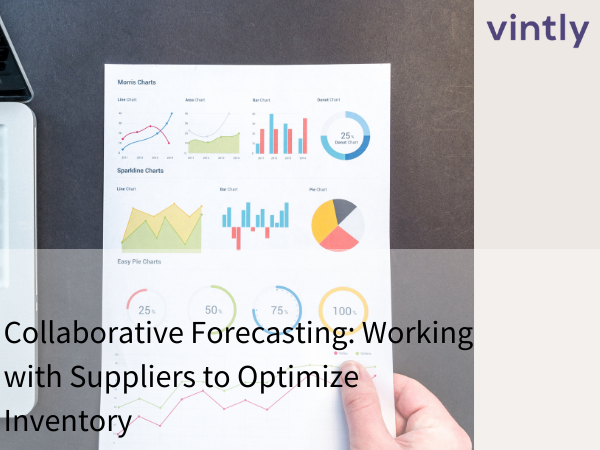In the world of business, supply chain and logistics are two terms that are often used interchangeably. However, while they are related concepts, they are not the same. Understanding the differences between supply chain and logistics is crucial for effective management and optimization of business operations.
In this article, we will define supply chain and logistics, discuss their components, importance, challenges, and differences, as well as highlight the importance of integration.
Supply chain refers to the network of organizations, individuals, activities, information, and resources involved in the creation and delivery of a product or service to the end customer. It encompasses all the stages from raw material sourcing, production, transportation, warehousing, distribution, to customer service and feedback.
Logistics, on the other hand, refers to the process of planning, implementing, and controlling the movement of goods and services from the point of origin to the point of consumption. It includes activities such as transportation, inventory management, warehousing, packaging, and handling.
Effective supply chain and logistics management are critical for the success of any business. They help to ensure that products and services are delivered to customers in a timely, cost-effective, and efficient manner. This, in turn, enhances customer satisfaction, loyalty, and retention, which are crucial for business growth and profitability. Supply chain and logistics management also help to reduce costs, improve quality, increase productivity, and enhance competitiveness.
While supply chain and logistics are related concepts, they differ in scope, objectives, focus, integration, and performance measurement.
Supply Chain
Scope: Broad, it encompasses all the stages involved in the creation and delivery of a product or service.
Objectives: To optimize the entire supply chain, from raw material sourcing to customer service, to achieve customer satisfaction, cost reduction, quality improvement, and competitive advantage.
Focus: On the entire supply chain network, including suppliers, manufacturers, distributors, retailers, and customers.
Integration: Involves the integration of all the stages, functions, and stakeholders in the supply chain to achieve seamless coordination, collaboration, and communication.
Performance measurement: Based on key performance indicators (KPIs) such as order cycle time, inventory turnover, delivery lead time, customer satisfaction, and cost reduction.
Logistics
Scope: Narrower, it focuses on the physical movement of goods and services.
Objectives: To ensure timely, cost-effective, and efficient delivery of goods and services to customers.
Focus: On transportation, warehousing, inventory management, packaging, and handling.
Integration: Involves the integration of logistics functions such as transportation and warehousing to achieve better coordination and cost savings.
Performance measurement: Based on KPIs such as on-time delivery, order accuracy, inventory accuracy, transportation cost, and warehouse utilization.
Differences between Supply Chain and Logistics
Scope: Supply chain is broader, while logistics is narrower.
Objectives: Supply chain aims to optimize the entire supply chain network, while logistics focuses on the physical movement of goods and services.
Focus: Supply chain focuses on all the stages, functions, and stakeholders in the supply chain, while logistics focuses solely on transportation, warehousing, inventory management, packaging, and handling.
Integration: Supply chain involves the integration of all the stages, functions, and stakeholders in the supply chain, while logistics involves the integration of logistics functions such as transportation and warehousing.
Performance measurement: Supply chain performance is measured based on KPIs that cover the entire supply chain network, while logistics performance is measured based on KPIs that focus on logistics functions.
Integration is crucial for effective supply chain and logistics management. It helps to achieve better coordination, collaboration, and communication among all the stages, functions, and stakeholders involved. Integration also helps to reduce costs, improve quality, increase productivity, and enhance customer satisfaction. However, integration also presents some challenges, such as resistance to change, lack of trust, and cultural differences.
In conclusion, supply chain and logistics are related but different concepts that are crucial for the success of any business. Essentially, logistics is a key part of the supply chain. Effective management of supply chain and logistics helps to ensure timely, cost-effective, and efficient delivery of products and services to customers, which enhances customer satisfaction, loyalty, and retention. Integration is also essential for effective supply chain and logistics management, as it helps to achieve better coordination, collaboration, and communication among all the stages, functions, and stakeholders involved.
.png)


